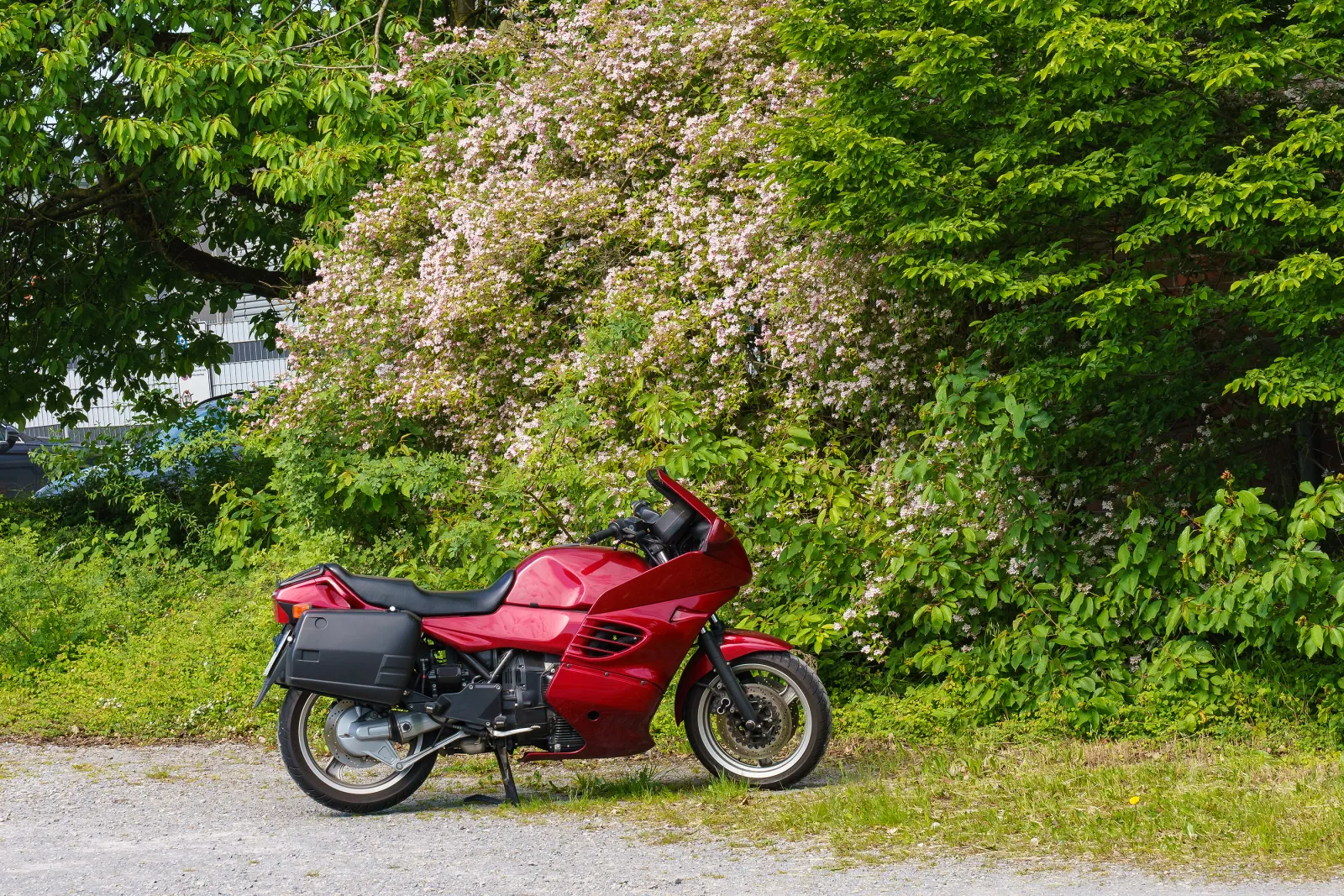How to Get Your Motorcycle Ready for Spring

Any motorcycle is an investment. With the proper time, care, and attention, it can give you many years of riding enjoyment, but if you don't, it will quickly grow rusty and useless in your garage. After going through all the effort to prepare your bike for storage in the winter, it's equally important to take the right steps in the spring to get it road-ready again.
When the temperature warms up in the spring months and the sun comes out, you'll want to get your bike out of the garage. But there are a few tips that are must-dos if you want to learn how to get your motorcycle ready for spring riding.
When Does Motorcycle Season Start?
If you ask, "When is motorcycle season?" to 10 motorcyclists, you'll get 10 different answers. It's an ever-changing date, usually determined by the first weekend of the year with good weather. You'll know when it happens when you suddenly see hundreds of your fellow motorcyclists out on the road when before there were none.
Of course, there are more precise ways to determine the start of the riding season. In most locations, the clocks turn forward in late March, giving you an extra hour of sunlight in the evening, whether to ride home from work or simply explore. What better reason to get out and ride?
How to Get Your Motorcycle Ready for Spring
Before you head out on the road, you should follow these tips first:
1. Check the fuel
The best tip for getting off to a roaring start in the spring starts the previous winter when you store your motorcycle. When you properly store your bike by draining the fuel and adding stabilizer liquid, you shouldn't have much to worry about when you pull it out again in the spring. Eventually, fuel degrades if left to sit with its combustible properties evaporating. It oxidizes, and condensation can form, creating varnish deposits. When you first start it up after storing it all winter, it can force solid particles and water through the system, clogging the lines, filter, and injectors. Assuming you winterized your motorcycle properly, in the spring, you should still add new, high-octane gas into the tank to produce the correct combustion.
2. Change the oil
If you didn't do this before winterizing your bike, the time is now. Oil is similar to fuel in that it can oxidize and degrade when not properly stored, changing the viscosity. Storing your bike in a climate-controlled garage can help, but if you don't have one, you may experience condensation and sludge brought on by winter cold snaps, followed by warm-ups.
3. Replace other fluids
Other fluids can degrade over time and cause harm to your motorcycle. Once you finish checking the fuel and oil, you should consider a full fluid swap, replacing brake fluid and engine coolant.
4. Check or replace the battery
Did you hook up your battery to a charger before storing it for winter? If not, check it for any signs of visible damage, test the charge overnight, and examine the electrolyte levels. If you find any issues, you'll likely need to order a new battery as soon as possible to get on the road more quickly.
5. Inflate your tires
The rubber on your tires keeps you and the motorcycle in contact with the road and helps to avoid motorcycle accidents. You should make sure that you have properly inflated tires before any trip. Tires will lose pressure if left for too long, especially in cold climates. Storing your bike on a stand is a good way to avoid this. A bike left sitting on concrete with nothing between the tires and the ground can easily develop flat spots and moisture damage, creating a safety hazard. That's why it's necessary to check your tires before leaving on any trip; you don't want to find out the hard way about a tire problem.
6. Get the right gear
"Dress for the fall, not the ride," they say. Balmy spring temperatures can leave you wanting to shed layers, but safety is important. The best motorcycle jackets for spring include light leather or synthetic jackets, which can work great for spring rides, but make sure they provide proper protection.
These tips can help you have a safe and enjoyable ride in the spring and avoid accidents and injuries. If you sustain injuries in a motorcycle accident, an experienced personal injury law firm like Steelhorse Law can help.
